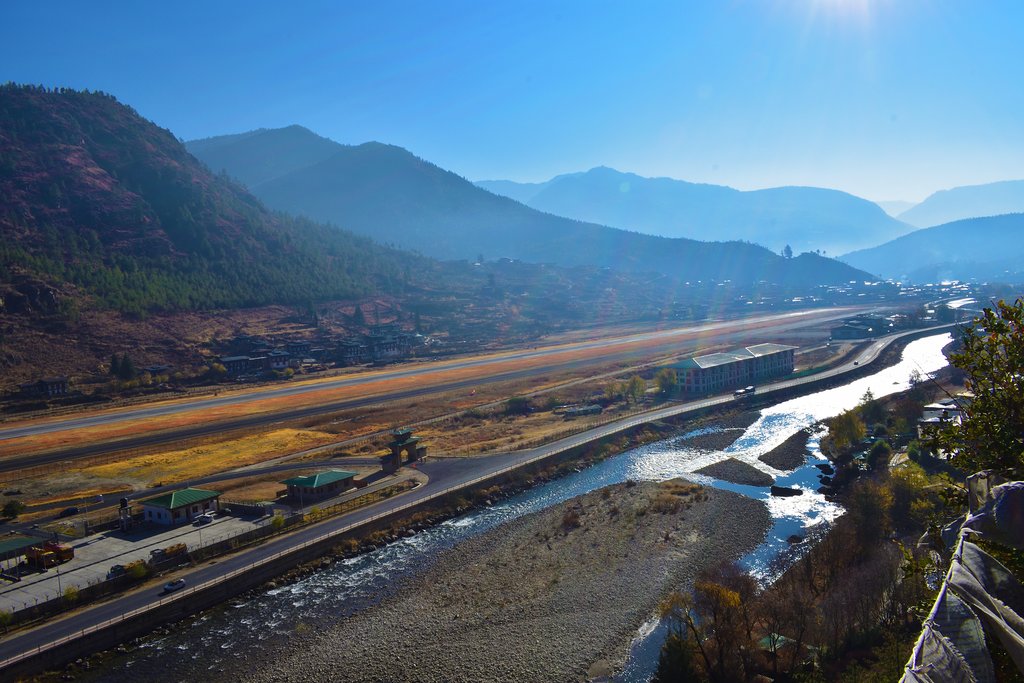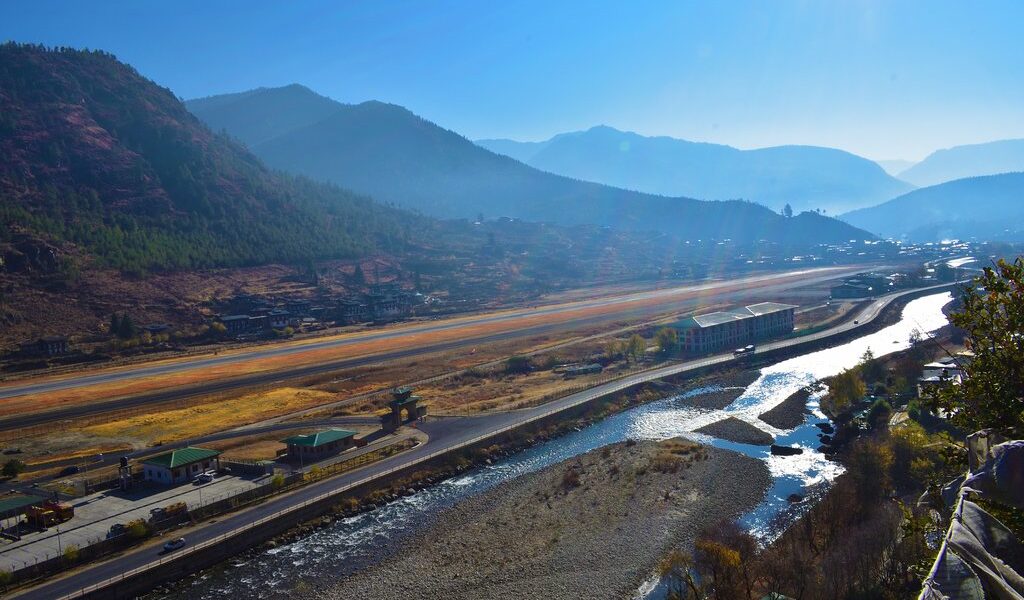
March is the beginning of spring in Bhutan, and it’s a great time to visit. Temperatures can still be cool earlier in the month, but conditions are generally sunny and clear, and good for outdoor activities like trekking and walking. Read on for more tips for traveling to Bhutan in March.
## Weather in Bhutan During March
March heralds the arrival of spring in the Kingdom of Bhutan, a season of rejuvenation after the cold grip of winter begins to loosen. The weather, however, is significantly impacted by the varying altitudes found throughout this mountainous nation. The southern reaches of Bhutan, those bordering India, boast a subtropical climate. This means that locations in the south can experience quite warm temperatures during the month of March. As an example, consider the weather patterns in the town of Gelephu, a place not far from the renowned Royal Manas National Park. Here, temperatures in March can fluctuate between a comfortable 59 degrees Fahrenheit and a relatively warm 84 degrees Fahrenheit (15 to 29 degrees Celsius). It is not uncommon for the temperature in Gelephu to climb even higher than that in March.
Venturing into the mid-hills of Bhutan, the climatic conditions transition to a more moderate and agreeable state. The town of Punakha, situated at an elevation of approximately 4250 feet (1300 meters), enjoys weather that is cool yet still comfortable during the month of March. Average temperatures in Punakha during this time of year typically hover between 52 degrees Fahrenheit and 72 degrees Fahrenheit (11 to 22 degrees Celsius), creating an ideal environment for exploration and sightseeing. In contrast, the capital city, Thimphu, which sits at a significantly higher altitude of 7200 feet (2200 meters), experiences cooler temperatures throughout the entire year. In March, the average temperatures in Thimphu range from a high of 61 degrees Fahrenheit to a low of 39 degrees Fahrenheit (4 to 16 degrees Celsius).
Generally, the skies over Bhutan in March are clear and radiant. This means that visitors are highly likely to enjoy spectacular views of the majestic mountains, regardless of whether they are engaging in a rigorous trek or simply touring the country by car. The crisp, clear air enhances the visibility and allows for breathtaking panoramic vistas.
## Crowd Levels and Travel Costs in March
March marks the beginning of the spring peak season for tourism in Bhutan. While the number of tourists visiting Bhutan is always somewhat limited by the relatively high costs associated with obtaining a Bhutanese visa, the month of March does see an increase in visitors. Therefore, while you are unlikely to encounter overwhelming crowds anywhere in the country, with the occasional exception of certain festivals held at monasteries, you should expect to pay slightly higher prices for tour packages if you plan to travel to Bhutan during March.
It is highly advisable to book your flights to Bhutan as far in advance as possible. This is due to the fact that there are a limited number of connection points for flights into Bhutan. The primary hubs for international flights connecting to Bhutan are Delhi, Kathmandu, and Bangkok. Flights with convenient connection times tend to fill up quickly, so early booking is essential to secure your preferred travel arrangements.
## Recommended Destinations in Bhutan in March
Considering the still lingering cooler temperatures at the higher altitudes of Bhutan (which comprises a large portion of the country) and the less comfortable conditions in the lower-lying southern regions, March presents an ideal opportunity to focus your travels on the towns and more easily accessible areas of Western Bhutan. Thimphu, Paro, and the Punakha/Wangdue valley offer an extensive array of cultural and natural attractions to captivate visitors. Travelers who are eager to incorporate some physical activity into their trip can partake in a number of scenic hikes along this well-established and popular tourist circuit.
## Activities to Enjoy in Bhutan in March
Spring is generally considered to be an excellent time for trekking in Bhutan, primarily due to the clear skies and magnificent views that are characteristic of the season. However, it is important to keep in mind that temperatures at higher elevations can still be quite cold in March. Furthermore, most treks in Bhutan involve camping rather than staying in cozy teahouses like you might find in neighboring Nepal. Therefore, trekkers who are less experienced or who prefer a higher level of comfort might want to avoid embarking on longer treks in March.
Fortunately, there are numerous options for enjoyable day hikes throughout Bhutan. These shorter hikes allow you to stretch your legs, immerse yourself in the stunning countryside, and take in the panoramic mountain views before returning to a comfortable and warm hotel at the end of the day. A fantastic way to strike a balance between comfort and activity is to participate in a tour that combines daily hikes with cultural sightseeing excursions.
## Notable Events in Bhutan During March
* **Punakha Dromchoe,** typically held in late February or early March. This three-day religious festival takes place in the picturesque Punakha Valley and features a reenactment of a historical 17th-century battle, complete with participants dressed as warriors.
* **Paro Tsechu**, usually celebrated in late March or early April. This is one of Bhutan’s many vibrant and colorful Buddhist festivals, known for its masked dances and elaborate costumes. The Paro Tsechu is particularly popular among tourists because it coincides with the peak tourist season, so it is important to book accommodations and transportation well in advance if you plan to attend.
* **Gasa Tsechu.** This is yet another significant Buddhist festival in Bhutan. Like other Tsechus, it features masked dances and religious performances. A highlight of the Gasa Tsechu is the unfurling of a large, sacred painting called a *thondrol*.
B-159

